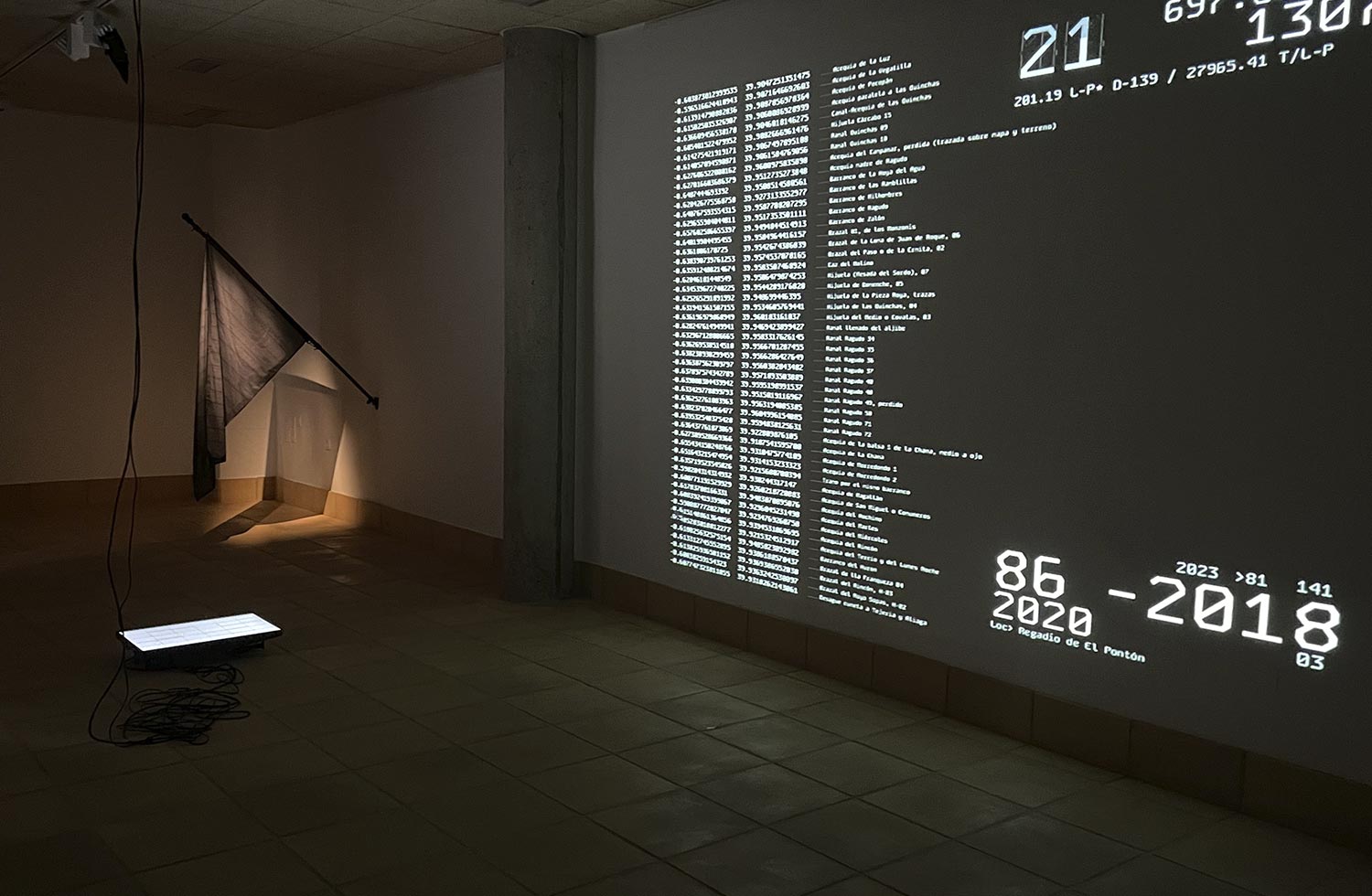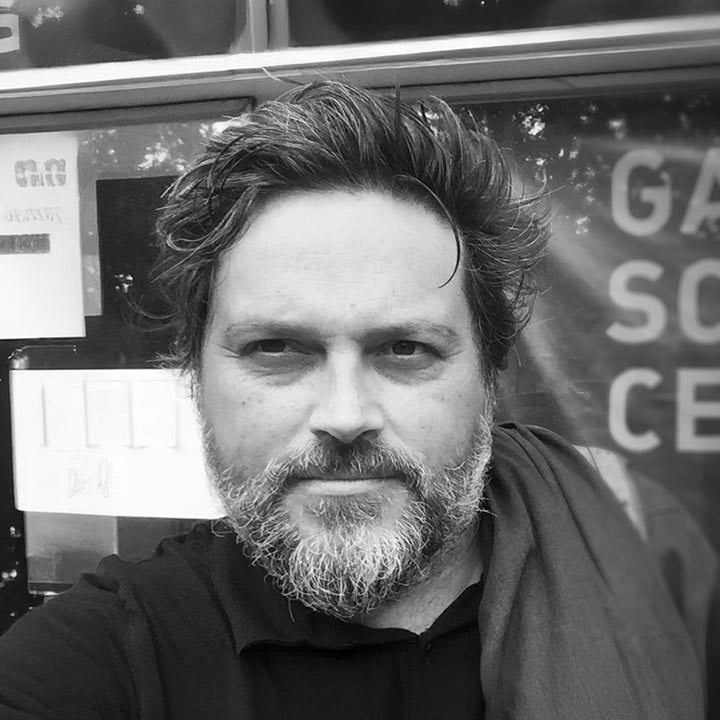By leaning onto different approaches to exploring the domains of technology in light of natural phenomena, one artist and a duo from Spain, Moisés Mañas and Playmodes (Eloi Maduell and Santi Vilanova), present their works at the Universitat Jaume I’s exhibition space Display-UJI. Under the title Mental Staircase, the project emphasizes the connection between the two seemingly unrelated themes - water and star constellation. Previously generated works encompassing video, sound, and objects will be reformulated according to the space, aiming to immerse the Belgrade audiences into a poetic yet critically charged experience.
Marcel Duchamp’s painting Nude Descending a Staircase reflected increasing technological advancement and its impact on the human experience. From a contemporary perspective, this iconic 20th-century masterpiece seems like a static metaphor of the never-ending movement of our minds moderated by algorithms. Driven by the task of addressing ever-changing ways of seeing, especially nature, through this exhibition project Mañas and Playmodes strive to highlight that every aspect of our reality has become the subject of social and political contestation in times when we are blinded by the endless flow of seemingly scientific data.
Curators: Vladimir Bjeličić and Maya Marja Janković
The exhibition is a continuation of a collaboration between Universitat Jaume I’s exhibition space Display-UJI and the Cultural Center of Belgrade’s Podroom gallery. Supported by the Spanish Embassy.





